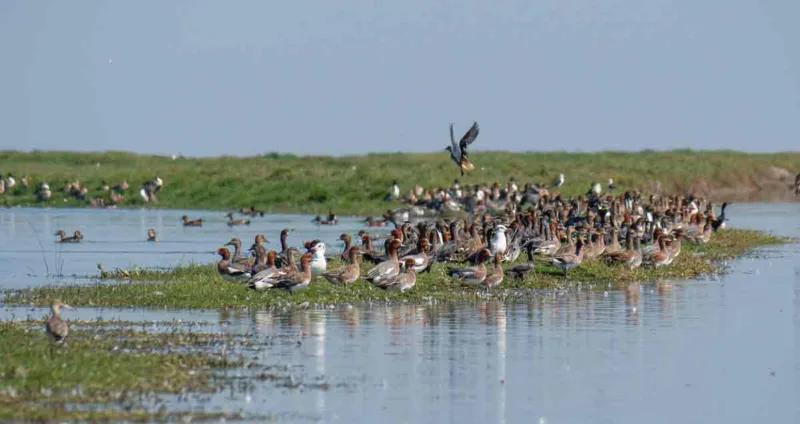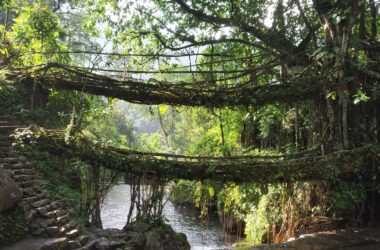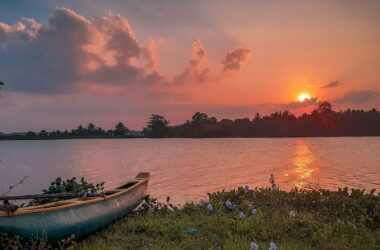Nalbana Bird Sanctuary, located in the heart of the Chilika Lake in Odisha, India, is a paradise for birdwatchers and nature enthusiasts. The sanctuary is home to a diverse range of avian species, including migratory birds that travel thousands of miles to escape the harsh winter conditions of their native lands. In this article, we will explore the rich biodiversity of Nalbana Bird Sanctuary, the best times to visit, and some tips for a memorable birdwatching experience.
Biodiversity of Nalbana Bird Sanctuary
Nalbana Sanctuary is a haven for over 160 species of birds, including both resident and migratory species. The sanctuary is especially renowned for its large population of migratory waterfowl, which arrive from as far away as Siberia, Central Asia, and Europe. Some of the most commonly sighted migratory species include the Northern Pintail, Eurasian Wigeon, Gadwall, and the Greater Flamingo.
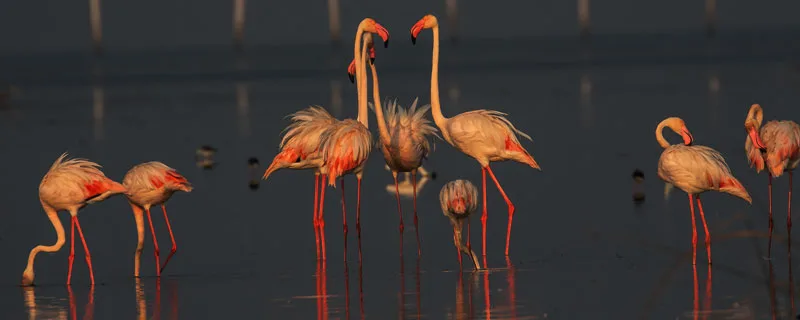
In addition to migratory birds, Nalbana Bird Sanctuary is also home to a variety of resident bird species. These include the Indian Pond Heron, Little Cormorant, Black-crowned Night Heron, and the White-breasted Kingfisher. The sanctuary also provides a safe haven for several endangered and vulnerable bird species, such as the Indian Skimmer and the Spot-billed Pelican.
Best Times to Visit Nalbana Bird Sanctuary
The best time to visit Nalbana Sanctuary is during the winter months of November to February when the migratory birds are in residence. During this time, the sanctuary comes alive with the vibrant colors and calls of thousands of birds, providing an unforgettable experience for visitors.
However, if you are interested in observing the breeding behavior of resident birds, the months of March to June are also an excellent time to visit. During this period, many birds can be seen building nests, incubating eggs, and feeding their young.
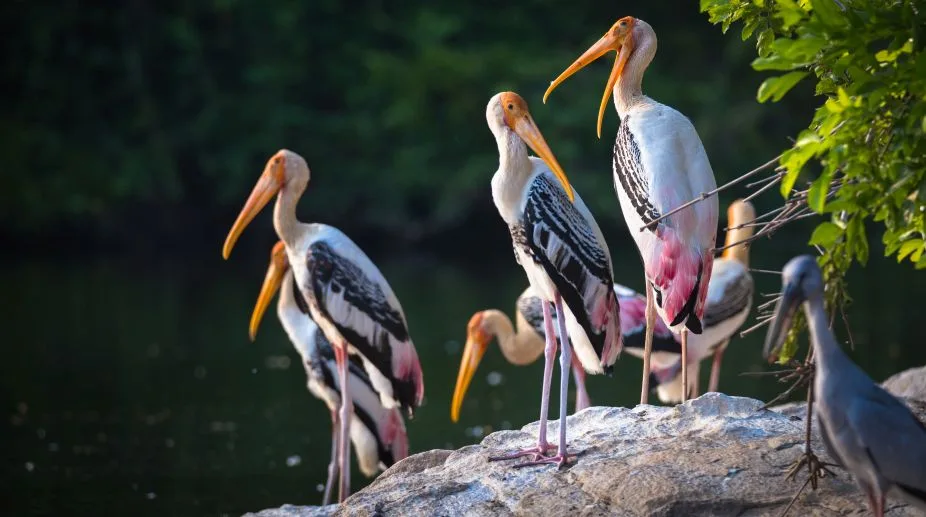
Tips for a Memorable Birdwatching Experience
To make the most of your visit to Nalbana Bird Sanctuary, it’s important to be prepared and follow some basic birdwatching etiquette. Here are some tips to help you have a memorable birdwatching experience:
- Bring Binoculars and a Camera: Binoculars are essential for observing birds from a distance, while a camera with a telephoto lens will allow you to capture stunning photographs of the birds in their natural habitat.
- Wear Appropriate Clothing: Dress in layers to stay warm during the early morning and evening hours, and wear comfortable, closed-toe shoes for walking. It’s also a good idea to wear muted colors that blend in with the natural surroundings to avoid disturbing the birds.
- Arrive Early: Birds are most active during the early morning and late afternoon hours, so plan to arrive at the sanctuary early to maximize your chances of seeing a variety of species.
- Be Patient and Quiet: Birdwatching requires patience and observation skills. Sit quietly and wait for the birds to come to you, rather than chasing after them.
- Respect the Wildlife: Remember that the birds are wild animals, and it’s important to observe them from a safe distance to avoid causing them stress. Do not attempt to touch or feed the birds, and avoid using flash photography.
Conservation Efforts at Nalbana Bird Sanctuary
Nalbana Bird Sanctuary is a vital part of the Chilika Lake ecosystem, which is recognized as a Ramsar Wetland of International Importance. The sanctuary is managed by the Chilika Development Authority, which works to conserve and protect the rich biodiversity of the area.
In recent years, there have been efforts to improve the habitat quality of the sanctuary by controlling invasive species, promoting sustainable fishing practices, and engaging local communities in conservation efforts. These measures have helped to ensure the long-term survival of the sanctuary and its resident and migratory bird populations.
Conclusion
Nalbana Bird Sanctuary is a must-visit destination for birdwatchers and nature lovers. With its rich biodiversity, stunning landscapes, and opportunities for close encounters with a wide variety of bird species, the sanctuary offers a unique and unforgettable experience. By following some basic birdwatching etiquette and being respectful of the wildlife, visitors can enjoy the beauty of the sanctuary while contributing to its conservation and protection.
Similar Articles
Here are some frequently asked questions (FAQs) about Nalbana Bird Sanctuary:
1. Where is Nalbana Bird Sanctuary located?
Nalbana Sanctuary is located in the Chilika Lake, which is situated in the state of Odisha, India.
2. What makes Nalbana Bird Sanctuary special?
Nalbana Sanctuary is renowned for its rich biodiversity, housing over 160 species of birds, including both resident and migratory species. It is a vital habitat for numerous endangered and vulnerable bird species.
3. What is the best time to visit Nalbana Bird Sanctuary for birdwatching?
The best time to visit is during the winter months, from November to February when migratory birds from distant lands arrive. This period offers the most diverse birdwatching opportunities.
4. Are there resident bird species at Nalbana Bird Sanctuary?
Yes, in addition to migratory birds, the sanctuary is home to a variety of resident bird species, including the Indian Pond Heron, Little Cormorant, Black-crowned Night Heron, and the White-breasted Kingfisher.
5. What are the key attractions for visitors at Nalbana Bird Sanctuary?
Visitors can enjoy birdwatching, photography, and observing the unique behaviors of the birds, such as nesting and feeding. The picturesque landscapes and serene surroundings also make it a great place for nature enthusiasts.
6. Is Nalbana Bird Sanctuary involved in conservation efforts?
Yes, the sanctuary is managed by the Chilika Development Authority, which is committed to conserving the sanctuary’s rich biodiversity. Efforts have been made to control invasive species and promote sustainable fishing practices in the area.
7. What should I bring when visiting Nalbana Bird Sanctuary?
When visiting the sanctuary, it’s advisable to bring binoculars and a camera with a telephoto lens for birdwatching and photography. Dress in layers, wear comfortable, closed-toe shoes, and opt for muted colors to blend in with the natural surroundings.
8. Is there an entrance fee to Nalbana Bird Sanctuary?
Yes, there is a nominal entrance fee for visitors to the sanctuary. This fee helps support conservation and maintenance efforts.
9. Can I bring food and drinks to the sanctuary?
It’s recommended to avoid bringing food and drinks to the sanctuary to minimize the impact on the environment and wildlife. There are designated areas for picnics and refreshments outside the sanctuary.




